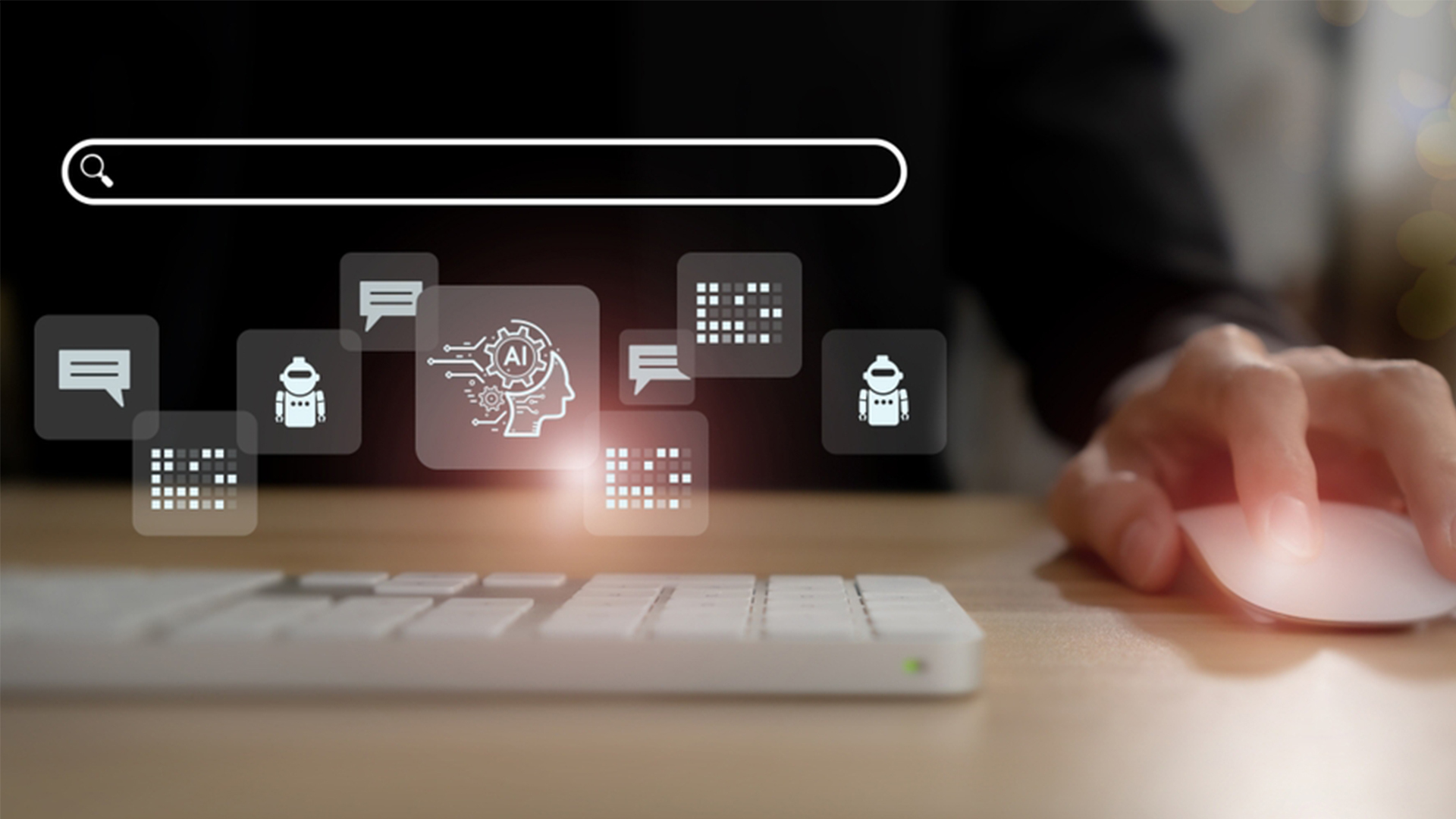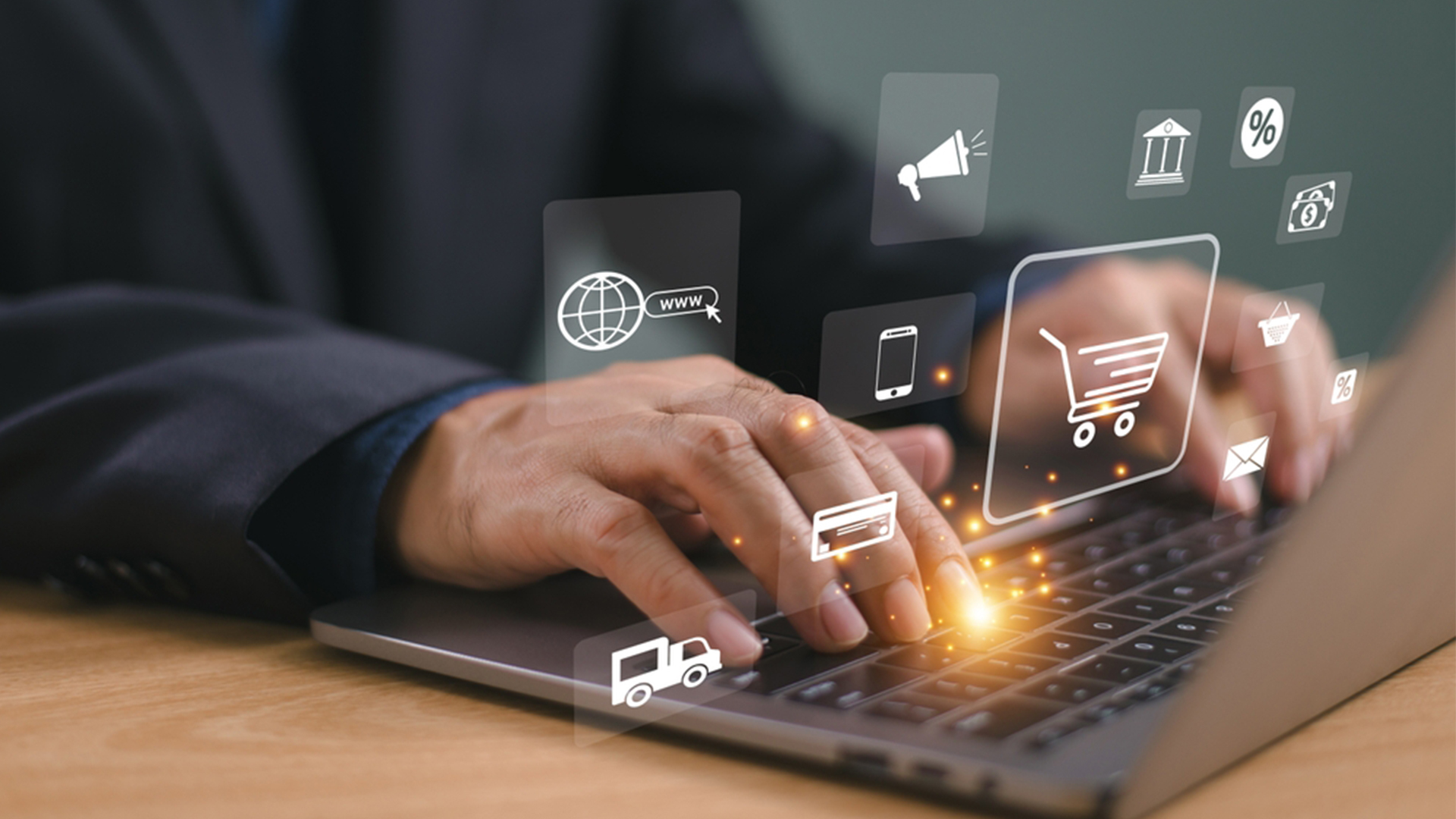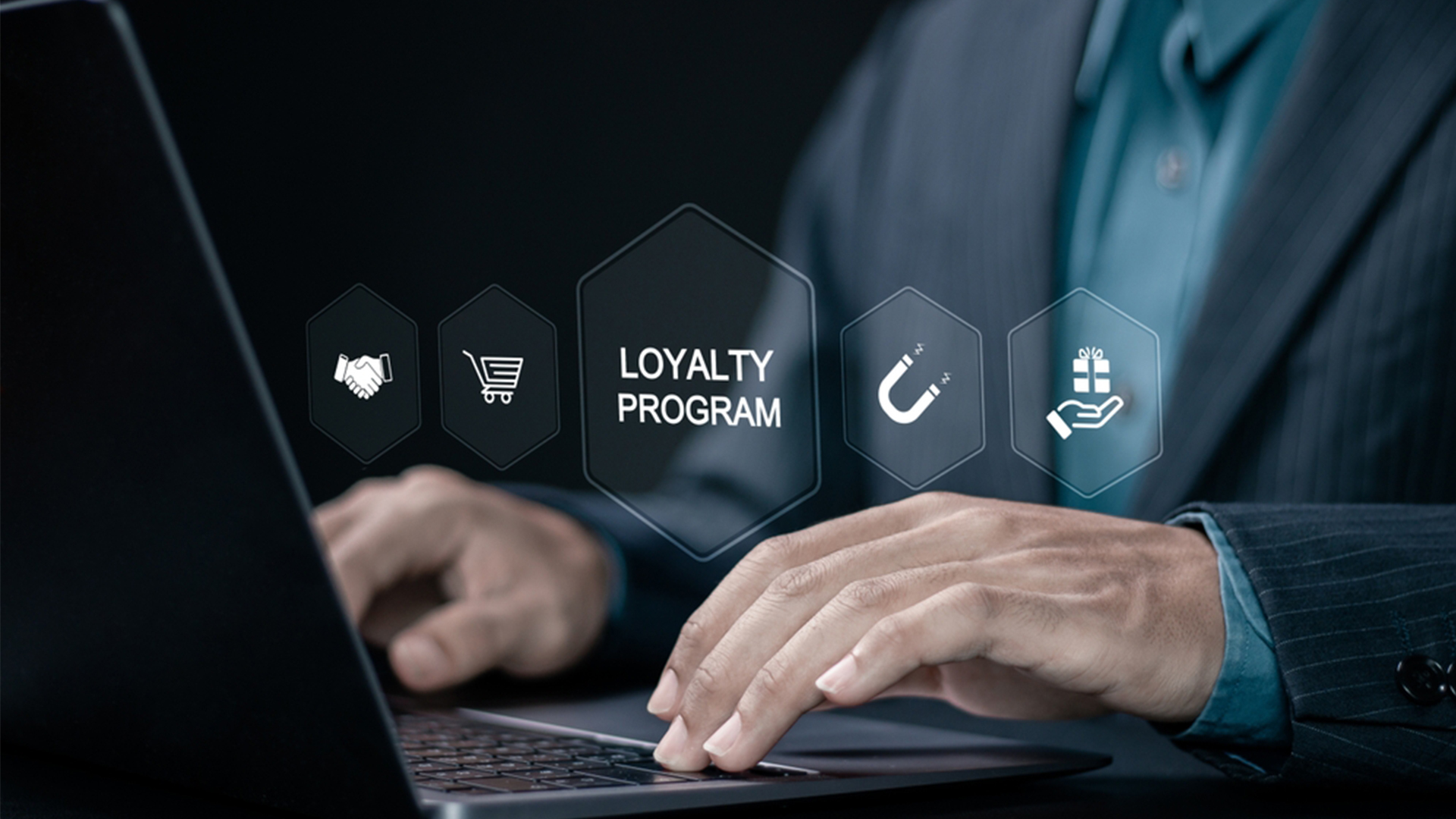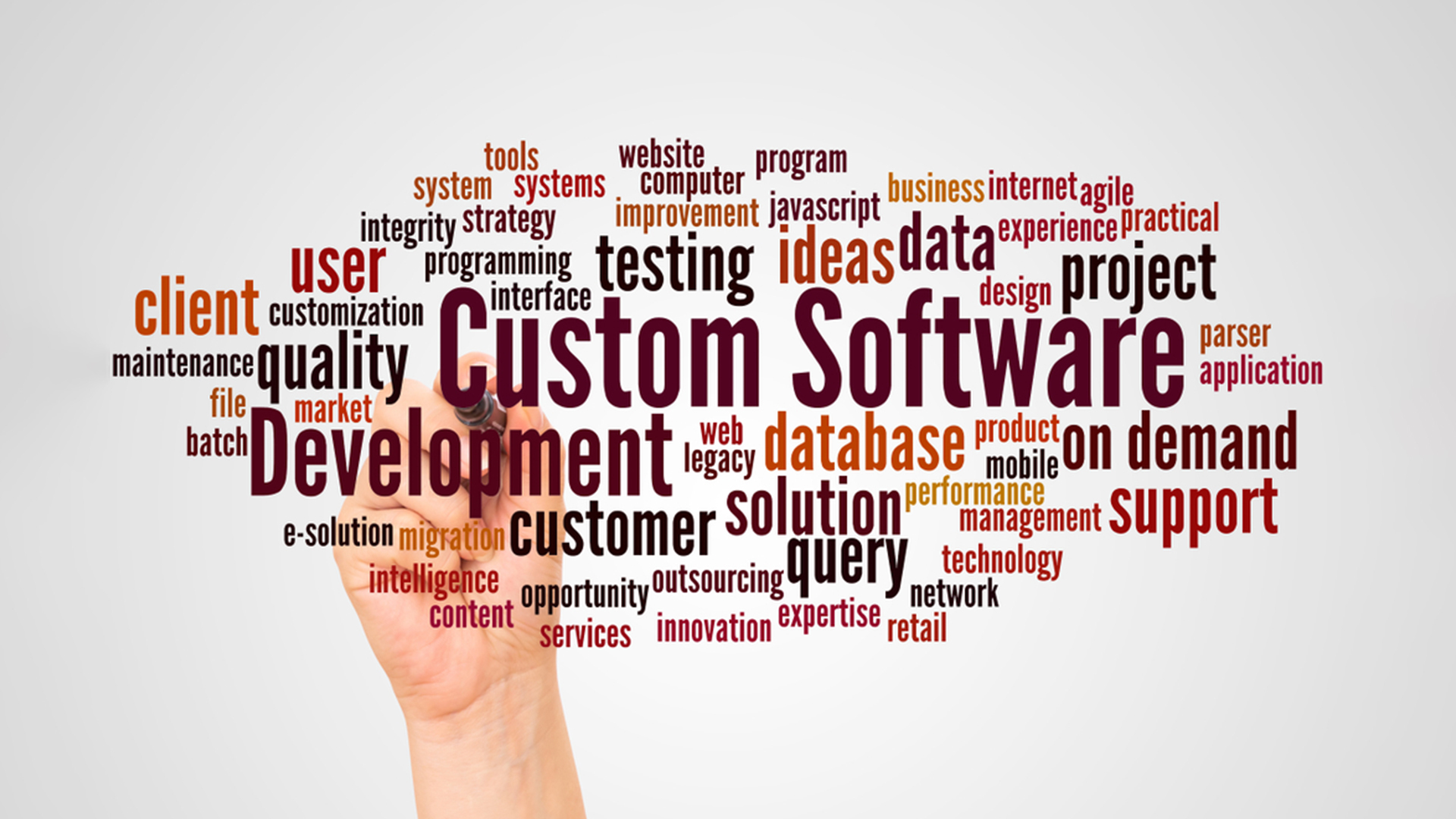Modern technology has completely changed the way we understand and do things. On a positive note, it has made things easier than ever before.
For example, AI has made it easier for us to write emails, social media captions, and long-form website content. Similarly, the introduction of IoT devices and voice recognition features has made it easier for us to manage home appliances, industrial machinery, and healthcare equipment.
But the wonders of technology expand beyond machinery and AI. They have also made their way into the online retail and commerce sector. Technology has played a major role in overcoming the limitations of the online retail sector.
Now, customers can test the products of their choice before purchasing online, thanks to the introduction of AR/VR headsets which allow customers to try out products.
But, those are only advancements on the customer side of the retail business. The million-dollar question is: Has technology made life easier for online retailers?
The answer: Yes.
How? By the concept of machine learning.
Machine learning is being used by numerous e-commerce businesses to provide personalized experiences to users, such as recommending desired products.
A great case for the use of machine learning is Amazon. It has the most precise machine learning engines that recommend customers products and services of their choice.
It’s so precise that it drives 55% of sales for the business.
This shows that machine learning in e-commerce is highly effective.
But, with all the buzz we have created about machine learning in e-commerce, it’s time to understand the ins and outs of machine learning. Let’s start by understanding the concept of machine learning.
What is Machine Learning?
Simply put, machine learning is the art of making computer systems learn to function on their own without following instructions.
To help with machine learning, the systems are fed large sets of data and are expected to infer trends from the data.
Once the machine learns a particular set of data, it can provide inferences on its own for similar types of data.
In essence, machine learning is the bridge that provides AI and machine engines with the human touch which wasn’t found earlier.
Machine learning is becoming increasingly popular among businesses. Statistics from Statista show that the market size for machine learning is expected to reach 79.29 billion in 2024.
Source: Statista-Machine Learning – Worldwide
This clearly shows that machine learning has a very bright future for businesses.
But machine learning may have a bright future for all businesses, but does the same stand true for your e-commerce business?
To decide that, we’ll need to understand how machine learning specifically works for e-commerce businesses.
Machine Learning Use Cases in E-Commerce
Up till now, we discussed a general overview of machine learning, the positives that it brings for e-commerce businesses, and how machine learning works. Now, we’ll learn how machine learning exactly works for e-commerce platforms.
We’ll explore the uses of machine learning in:
- Optimizing prices.
- Managing inventory.
- Enhancing customer experiences.
- Providing product recommendations.
Now, let’s look at each one of these in detail.
- Optimizing prices
Machine learning techniques can be used to teach e-commerce platforms the art of charging prices as per customer intent. How does this happen?
Consider an example:
You own an online cell phone store selling top cell phones from Apple, Samsung, and other notable brands.
The Christmas season is coming up and you want to ensure that you charge the right price which helps you sell all the stock. Now, the conventional yet hard way to do this is by deciding the right prices for yourself by looking at all the available data, which will take time.
But, with machine learning in e-commerce, there’s no need to do this.
Simply put all the information digitally into the machine learning algorithm and see the magic happen.
Based on the available information, the algorithm will recommend the right prices for each mobile device. And there you go. No need to understand complex pricing strategies when machine learning gets the work done.
- Managing inventory
Every business these days has inventory management software, but few know how to use it strategically.
Machine learning in e-commerce helps your inventory management software understand trends, such as the highs and lows in customer demand.
These trends allow your inventory management software to choose which products are necessary to stock, and which are not.
For example, if you own an online shoe brand, machine learning can tell your software about the sizes and colors that most consumers buy.
Based on this information, your inventory management software can prompt you about when stock levels have fallen, allowing you to re-stock just in time.
- Enhancing customer experiences
Providing a delightful customer experience should be your top priority, and machine learning in e-commerce lets you do just that.
Machine learning in e-commerce is being used to train chatbots. Now, you don’t people as customer support agents to respond to user queries.
Machine learning empowers chatbots with natural language processing. This means that chatbots can now understand different languages and tones.
The problem with human support agents is that they face a mental block at times while trying to calm down customers.
As a result, they panic and are unable to come up with an answer to the query.
But, because of natural language processing, chatbots can understand the customer’s intent, and provide them with a befitting response which takes the conversation further.
- Providing product recommendations
Machine learning in e-commerce can be used to power your website’s recommendation engine. In fact, according to the Forbes Advisor, 33% of businesses are already using AI and machine learning in e-commerce to provide product recommendations.
Source: Forbes Advisor
Machine learning can help your recommendation engine analyze the customer’s purchase history.
Based on the analysis of this history, the search engine can recommend the user with the most suited product recommendations.
To explain this, let’s reconsider the shoe example. If your customer has a purchase history of boots, you can feed that data to the algorithm via machine learning.
Now, the algorithm will provide recommendations of boots to the user.
So, these are four ways that machine learning is being used in e-commerce.
Now, let’s recap what we learned throughout the blog.
The Ending Note
In conclusion, machine learning in e-commerce has revolutionized the industry, making life easier for both online retailers and customers. From optimizing prices and managing inventory to enhancing customer experiences and providing product recommendations, machine learning offers a variety of benefits for e-commerce businesses. As machine learning continues to develop, we can expect even more innovative applications to emerge in the years to come.









